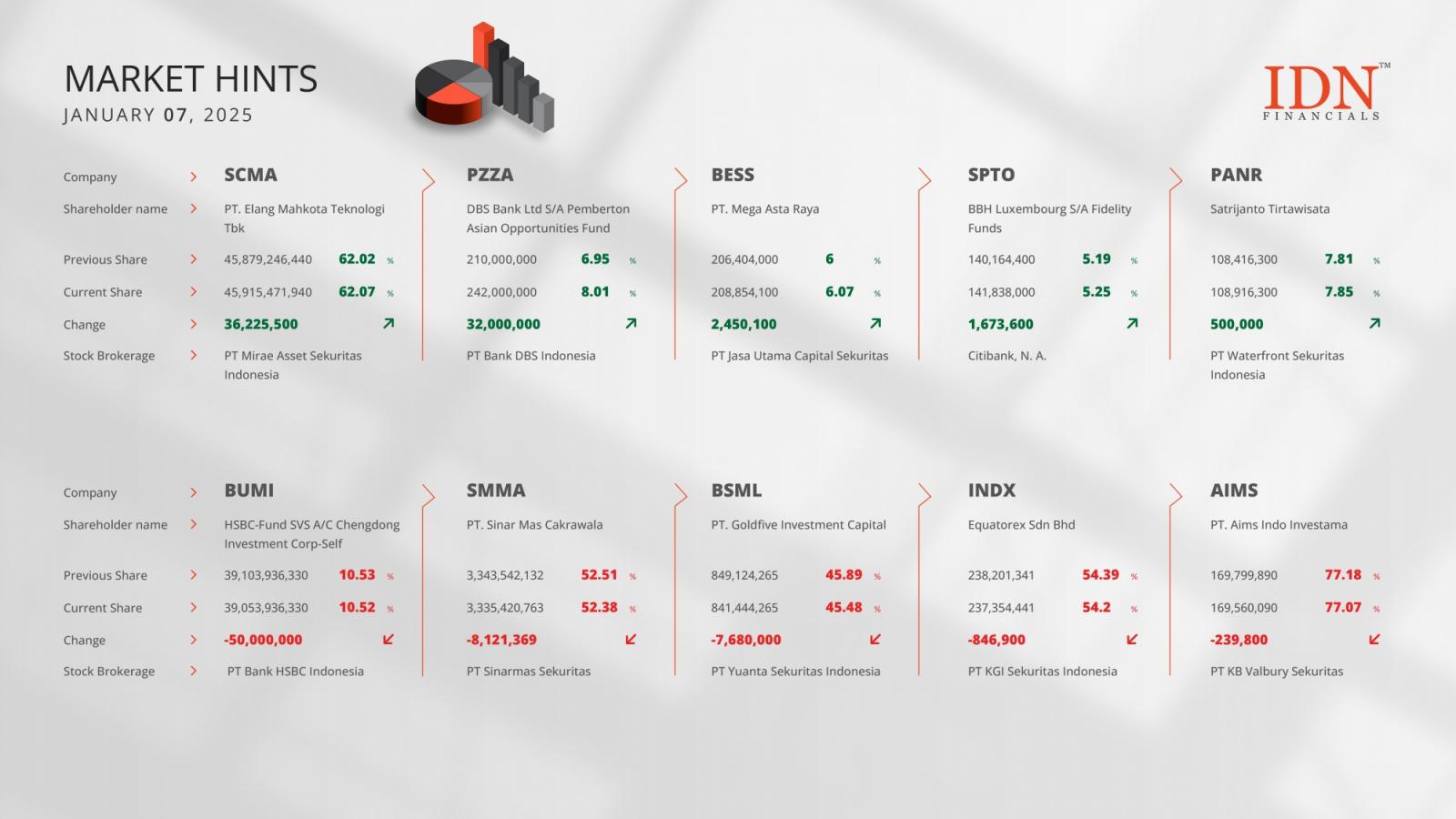 Moyo Studio/Getty Images
Moyo Studio/Getty Images
{ window.initModal(\'TocModal\', 0); })\">
Table of contents
What is a capital gains tax? What’s considered a capital gain? Capital gains tax: Short-term vs. long-term What is the long-term capital gains tax rate? How capital gains taxes work Capital gains tax strategies Capital gains tax rate on real estate Small business stock and collectibles Do you pay state taxes on capital gains?
So you’ve made some money investing — or really any asset trade where you came out ahead. Congrats on the big score.
But don’t count your profits too quickly because Uncle Sam wants his cut of your gains, too. If you’ve realized a profit on an investment in a taxable account, then you’ve earned a capital gain and you’ll have to pay tax on it.
What you pay depends on your total income and how long you’ve held onto those assets. If you have a long-term capital gain – meaning you held the asset for more than a year – you’ll owe either 0 percent, 15 percent or 20 percent in the 2023 or 2024 tax year.
What is a capital gains tax?
Capital gains taxes are a type of tax on the profits earned from the sale of assets such as stocks, real estate, businesses and other types of investments in non tax-advantaged accounts. When you acquire assets and sell them for a profit, the U.S. government looks at the gains as taxable income.
In simple terms, the capital gains tax is calculated by taking the total sale price of an asset and deducting the original cost. It is important to note that taxes are only due when you sell the asset, not during the period where you hold it.
There are various rules around how the Internal Revenue Service (IRS) taxes capital gains.
For most investors, the main tax considerations are:
how long you’ve owned the assetthe cost of owning that asset, including any fees you paidyour income tax bracketyour marital status
Once you sell an asset, capital gains become “realized gains.” During the time you own an asset, they are called “unrealized gains,” and you won’t owe capital gains taxes if you don’t sell.
What’s considered a capital gain?
If you sell an asset for more than you paid for it, that’s a capital gain. But much of what you own will experience depreciation over time, so the sale of most possessions will never be considered capital gains. However, you’re still liable for capital gains taxes on anything you purchase and resell for a gain.
For example, if you sell artwork, a vintage car, a boat, or jewelry for more than you paid for it, that’s considered a capital gain.
Property such as real estate and collectibles, including art and antiques, fall under special capital gains rules. These gains specify different and sometimes higher tax rates (discussed below).
And don’t forget that if you’ve sold cryptocurrency such as bitcoin for a gain, then you’ll also be liable for capital gains taxes.
Capital gains tax: Short-term vs. long-term
Capital gains taxes are divided into two big groups, short-term and long-term, depending on how long you’ve held the asset.
Here are the differences:
Short-term capital gains tax is a tax applied to profits from selling an asset you’ve held for less than a year. Short-term capital gains taxes are paid at the same rate as you’d pay on your ordinary income, such as wages from a job.Long-term capital gains tax is a tax applied to assets held for more than a year. The long-term capital gains tax rates are 0 percent, 15 percent and 20 percent, depending on your income. These rates are typically much lower than the ordinary income tax rate.
Sales of real estate and other types of assets have their own specific form of capital gains and are governed by their own set of rules (discussed below).
What is the long-term capital gains tax rate?
While the capital gains tax rates did not change under the Tax Cuts and Jobs Act of 2017, the income required to qualify for each bracket goes up each year to account for workers’ increasing incomes. Here are the details on capital gains rates for the 2023 and 2024 tax years.
Long-term capital gains tax rates for the 2023 tax year
| FILING STATUS | 0% RATE | 15% RATE | 20% RATE |
|---|---|---|---|
| Source: Internal Revenue Service | |||
| Single | Up to $44,625 | $44,626 – $492,300 | Over $492,300 |
| Married filing jointly | Up to $89,250 | $89,251 – $553,850 | Over $553,850 |
| Married filing separately | Up to $44,625 | $44,626 – $276,900 | Over $276,900 |
| Head of household | Up to $59,750 | $59,751 – $523,050 | Over $523,050 |
Long-term capital gains tax rates for the 2024 tax year
| FILING STATUS | 0% RATE | 15% RATE | 20% RATE |
|---|---|---|---|
| Source: Internal Revenue Service | |||
| Single | Up to $47,025 | $47,026 – $518,900 | Over $518,900 |
| Married filing jointly | Up to $94,050 | $94,051 – $583,750 | Over $583,750 |
| Married filing separately | Up to $47,025 | $47,026 – $291,850 | Over $291,850 |
| Head of household | Up to $63,000 | $63,001 – $551,350 | Over $551,350 |
For example, in 2023, individual filers won’t pay any capital gains tax if their total taxable income is $44,625 or below. However, they’ll pay 15 percent on capital gains if their income is $44,626 to $492,300. Above that income level, the rate jumps to 20 percent.
For the 2024 tax year, individual filers won’t pay any capital gains tax if their total taxable income is $47,025 or less. The rate jumps to 15 percent on capital gains, if their income is $47,026 to $518,900. Above that income level the rate climbs to 20 percent.
In addition, those capital gains may be subject to the net investment income tax (NIIT), an additional levy of 3.8 percent if the taxpayer’s income is above certain amounts. The income thresholds depend on the filer’s status (individual, married filing jointly, etc.) and are not adjusted for inflation.
What is the short-term capital gains tax rate?
Meanwhile, for short-term capital gains, the tax brackets for ordinary income taxes apply. The 2023-2024 tax brackets are 10 percent, 12 percent, 22 percent, 24 percent, 32 percent, 35 percent and 37 percent.
Unlike the long-term capital gains tax rate, there is no 0 percent rate or 20 percent ceiling for short-term capital gains taxes.
While capital gains taxes can be annoying, some of the best investments, such as stocks, allow you to skip the taxes on your gains as long as you don’t realize those gains by selling the position. So you could literally hold your investments for decades and owe no taxes on those gains.
How capital gains taxes work
If you buy $5,000 worth of stock in May and sell it in December of the same year for $5,500, you’ve made a short-term capital gain of $500. If you’re in the 22 percent tax bracket, you have to pay the IRS $110 of your $500 capital gains. That leaves you with a net gain of $390.
Instead, if you hold on to the stock until the following December and then sell it, at which point it has earned $700, it’s a long-term capital gain. If your total income is $50,000, then you’ll fall in the 15 percent bracket for that long-term capital gain. Instead of paying $110, you’ll pay $105, and see $595 worth of net profit instead.
Capital gains tax strategies
Use tax-advantaged retirement plans
As we’ve highlighted, holding onto an asset for longer than a year could substantially reduce your tax liability due to favorable long-term capital gains rates. Other strategies include leveraging retirement accounts to delay paying capital gains taxes while maximizing growth.
For example, tax-advantaged accounts like a 401(k), traditional IRA, solo (401K), or SEP IRA, allow your investments to grow tax-deferred. In most instances, you won’t incur capital gains taxes for buying or selling assets as long as you don’t withdraw funds before retirement age, which the IRS defines as 59 1/2. This means that any potential taxes you might have owed the government can continue fueling your investments.
Other types of accounts like a Roth IRA or a 529 college savings plan are great options for building wealth without incurring capital gains. After-tax money funds these long-term investment strategies, and because of their tax structure, any potential capital gains grow tax-free. So, when the time comes to withdraw money for qualified expenses like retirement or college education, no federal income taxes are due on earnings or the initial investment.
There are many benefits to using tax-advantaged accounts. By exploring your options, you can make smart money decisions.
Monitor your holding periods
When selling stocks or other assets in your taxable investment accounts, remember to consider potential tax liabilities.
With tax rates on long-term gains likely being more favorable than short-term gains, monitoring how long you’ve held a position in an asset could be beneficial to lowering your tax bill.
Holding securities for a minimum of a year ensures any profits are treated as long-term gains. On the other hand, the IRS will tax short-term gains as ordinary income. Depending on your tax bracket, any significant profits from short-term gains could bump you to a higher tax rate.
These timing strategies are important considerations, particularly when making large transactions. For the do-it-yourself investor, it’s never been easier to monitor holding periods. Most brokerage firms have online management tools that provide real-time updates.
Keep records of your losses
One strategy to offset your capital gains liability is to sell any underperforming securities, thereby incurring a capital loss. If you don’t have any capital gains, realized capital losses could reduce your taxable income by up to $3,000 a year.
Additionally, when capital losses exceed that threshold, you can carry the excess amount into the next tax season and beyond.
For example, if your capital losses in a given year are $4,000 and you had no capital gains, you can deduct $3,000 from your regular income. The additional $1,000 loss could then offset capital gains or taxable earnings in future years.
This strategy allows you to rid your portfolio of any losing trades while capturing tax benefits.
There’s one caveat: After you sell investments, you must wait at least 30 days before purchasing similar assets. Otherwise, the transaction becomes a “wash sale.”
A wash sale is a transaction where an investor sells an asset to realize tax advantages and purchases an identical investment soon after, often at a lower price. The IRS qualifies such transactions as wash sales, thereby eliminating the tax incentive.
Stay invested and know when to sell
As we’ve emphasized, your income tax rate is a dominant factor when considering capital gains. By waiting to sell profitable investments until you stop working, you could significantly decrease your tax liability, especially if your income is low. In some cases, you might owe no taxes at all.
The same could be true if you retire early, leave your job, or your taxable income drastically changes. In essence, you can evaluate your financial situation each year and decide when the optimal time to sell an investment is.
Use a robo-advisor
Robo-advisors often employ tax strategies that you may miss or be unaware of (such as tax-loss harvesting). Using these services could help reduce the amount you pay in capital gains taxes compared with maintaining a strategy on your own.
For example, robo-advisors might identify investments that have gone down in value and could be used to reduce your tax burden. In tax-loss harvesting, investors strategically use investment losses to decrease tax liabilities.
In the digital age, robo-advisors provide low-cost automated investment planning tools using sophisticated algorithms. These machine-driven systems can uncover multiple scenarios for maximizing earnings while minimizing tax liabilities.
Speak with a tax professional
Federal and state tax laws are complex and ever-changing. A tax advisor who understands your financial situation and long-term goals can offer tailored strategies to maximize your income potential. Don’t discount the value of connecting with a tax expert for a personalized strategy. A tax advisor may be available through your personal financial advisor, if you have one.
Capital gains tax rate on real estate
What is the capital gains tax on property sales?
Again, if you make a profit on the sale of any asset, it’s considered a capital gain. With real estate, however, you may be able to avoid some of the tax hit, because of special tax rules.
For profits on your main home to be considered long-term capital gains, the IRS says you have to own the home and live in it for two of the five years leading up to the sale. In this case, you could exempt up to $250,000 in profits from capital gains taxes if you sold the house as an individual, or up to $500,000 in profits if you sold it as a married couple filing jointly.
If you’re just flipping a home for a profit, however, you could be subjected to a steep short-term capital gains tax if you buy and sell a house within a year or less.
25 percent capital gains rate for certain real estate
However, the rules differ for investment property, which is typically depreciated over time. In this case, a 25 percent rate applies to the part of the gain from selling real estate you depreciated. The IRS wants to recapture some of the tax breaks you’ve been getting via depreciation throughout the years on assets known as Section 1250 property. Basically, this rule keeps you from getting a double tax break on the same asset.
You’ll have to complete the worksheet in the instructions for Schedule D on your tax return to figure your gain (and tax rate) for this asset, or your tax software will do the figuring for you. More details on this type of holding and its taxation are available in IRS Publication 544.
If you’re considering a real estate investment, compare mortgage rates on Bankrate.
Small business stock and collectibles: 28 percent capital gains tax rate
Two categories of capital gains are subject to a maximum 28 percent rate: small business stock and collectibles.
If you realized a gain from qualified small business stock that you held for more than five years, you generally can exclude one-half of your gain from income. The remaining gain may be taxed at up to a 28 percent rate. You can get the specifics on gains on qualified small business stock in IRS Publication 550.
If your gains came from collectibles rather than a business sale, you’ll pay the 28 percent rate. This includes proceeds from the sale of:
A work of artNFTsAntiquesGemsStampsCoinsPrecious metalsWine or brandy collections
Do you pay state taxes on capital gains?
In general, you’ll pay state taxes on your capital gains in addition to federal taxes, though there are some exceptions. Most states simply tax your investment income at the same rate that they already charge for earned income, but some tax them differently (and some states have no income tax at all.)
Just eight states have no income tax – Alaska, Florida, Nevada, South Dakota, Tennessee, Texas, Washington and Wyoming. Another state – New Hampshire – doesn’t tax earned income but does tax investment income, including dividends.
Of states that do levy an income tax, nine of them tax long-term capital gains less than ordinary income. These states include Arizona, Arkansas, Hawaii, Montana, New Mexico, North Dakota, South Carolina, Vermont and Wisconsin. However, this lower rate may take different forms, including deductions or credits that reduce the effective tax rate on capital gains.
Some other states provide breaks on capital gains taxes only on in-state investments or specific industries.
Bottom line
Capital gains come due for anyone who makes a profit from selling assets such as stocks, real estate or other investments. You can reduce these taxe4s by holding onto assets for longer periods, utilizing tax-advantaged retirement accounts and strategically timing sales. With the right strategies, you can minimize the impact of capital gains taxes and continue to grow your wealth.





